by Basin and Range Watch
Ask for the No Action Alternative
Copy letter at the end of this newsletter and send to BLM

November wildflowers blooming on the proposed site of the Palen Solar Project
The Bureau of Land Management (BLM) and Riverside County, CA are seeking comments by December 11th, 2017 on the Draft Supplemental Environmental Impact Statement/Review for the proposed Palen Solar Project – a 4,200 acre (6.5 square mile) photovoltaic solar project.
EDF Renewable Energy has applied for a Right-of-Way (ROW) from the BLM to construct a 500 megawatt (MW) solar photovoltaic facility and 6.7-mile single circuit 230 kilovolt generation interconnection (gen-tie) transmission line on public lands near Desert Center, Riverside County, California.
The project site has a long history of attempts to develop large scale solar energy in its boundaries. It started out in 2009 as a concentrated solar thermal parabolic trough project and later in 2013 as two solar power towers. In both cases, the developers withdrew their proposals.
The project would destroy a large tract of desert sand dune habitat in the California Desert. The habitat is home to many sand dwelling species of plants and animals. The area has cultural significance to Native American Tribes. The project would have significant visual impacts to the landscape and will be visible from many adjacent conservation areas.

Dust and desertification from the construction of the Stateline Solar Project, San Bernardino, California (photo, BLM 2014)
The BLM is deciding on the proposed plan and 3 alternatives. The Proposed Action would develop a 500 MW solar facility of 4,200 acres of BLM land. The Reduced Footprint Alternative would develop a 500 MW project on 3,100 acres of land. It would avoid a major wash and this is the BLM’s preferred alternative. The Avoidance Alternative would develop up to 250 MW on 1,600 acres of land. This alternative follows the conservation recommendations of the Desert Renewable Energy Conservation Plan and avoids much of the sand transport corridor, but would still develop and impact a major portion of this habitat.
Reasons to Support the No Action Alternative:
The Project Would Have Big Visual Impacts
The BLM has designated the region as the lowest possible Visual Resource Management classification. VRM Class IV – with the objective “to provide for management activities, which require major modification of the existing character of the landscape.” But the project site is highly visible from the Palen-McCoy Wilderness Area, the Chuckwalla Wilderness Area and the Palen Dunes Area of Critical Environmental Concern which are all managed as VRM Class I and II. These classes have objectives of “preserving the existing character of the landscape” and “retaining the existing character of the landscape”.
The project would also be visible from the southeast portion of Joshua Tree National Park.

While the Chuckwalla Valley has seen much large-scale energy development in the last decade, the area around the Palen Dry Lake is less visually impacted due to surrounding topographic features. Development of a large-scale solar facility would change that.

Desert Sunlight Solar Project: The living desert on these public lands has been transformed to a single use solar project.
The Project Would Impact Cultural Resources
Colorado River Indian Tribes have long opposed the construction of large solar projects located in the region. Many projects have resulted in cultural artifacts and human remains being removed by construction activity. The landscapes themselves are sacred to the tribes and the industrial construction of existing projects have damaged several thousand acres.
In 2012, several artifacts were dug up and destroyed during the construction of the Genesis Solar Project located along the Ford Dry Lake just east of the proposed Palen Solar Project.
The Project Would Impact Native Plants, Animals and important Sand Dune Habitat
The project is located on a sand sheet in the Colorado Desert sub-region of the Sonoran Desert. It is home to several species, many specialized to sandy habitats. Several specialized species are found on the dune habitat including the Harwood’s milkvetch and the Mojave fringe-toed lizard.

Mojave fringe-toed lizard on the project site
The Mojave fringe-toed lizard is adapted to fine-grained sand dune environments. It has specialized “fringes” on its toes that allow it to “swim” in sand. The species is found throughout the project site. Fringe-toed lizards often will be seen outside of their core habitat in this region crossing from one dune to another. The project would kill lizards and remove habitat.
Desert Kit Foxes suffered an outbreak of canine distemper during the construction of the nearby Genesis Solar Project in 2011. The Palen Solar Project could remove over 6 square miles of habitat for foxes.

Desert Kit Fox
Lake Effect/Avian Mortality
Several bird mortalities have been detected at many of the large-scale solar facilities that have been built in the last decade. Large-scale solar projects often resemble lakes and this is believed to be a cause of some of the bird mortality that is being detected on projects like the Desert Sunlight Project which is just under 20 miles west of the proposed Palen Solar Project. The hypothesis is that birds are attracted to the polarized light of the panels, but other factors like color may confuse birds into perceiving the panels as water. It is believed that other resources like insect prey and artificial ponds also attract birds. From 2012 to 2016, 3,545 mortalities from 183 species were detected on California solar facilities. Some of these mortalities have been listed species including the the Federally Endangered Yuma clapper rail and Federally Threatened Western yellow-billed cuckoo. Waterbirds such as White pelican and Western grebe have been found dead at solar projects. These projects are very large and only a small percentage of certain projects are surveyed so it is likely that many mortalities are missed because they are taken by scavengers.
The proposed Palen Solar Power Project would be located between the Desert Sunlight Solar Project to the west and the Genesis Solar Project to the east. All three construction alternatives of the Palen Solar Power Project would add significant cumulative additional impacts to the bird mortality of the region. More information on avian solar mortality can be found here.
Large-scale solar projects in the hot desert cause air quality problems. Dust control in hot, arid climates is very problematic. The removal of established vegetation, biological soil crusts and centuries old desert pavement creates opportunities for dust to be airborne every time the wind blows. Not only does fugitive dust create problems for visual and biological resources, it creates issues for public health as well. Efforts to mitigate fugitive dust on large desert regions often fall short.
Coccidioidomycosis (Valley Fever) is a common issue that impacts desert communities when dust is stirred up. Valley fever has been spread by large-scale solar development in desert regions.
The California Independent System Operator (CaISO), California Energy Commission (CEC), and California Public Utilities Commission (CPUC) during Renewable Energy Transmission Initiative (RETI 2.0) meetings explain that California now has so much utility-scale solar that the state is over-generating in peak times.
Non-transmission alternatives can solve this problem: distributed battery storage paired with rooftop solar systems could offer peak load shaving. Net metering generators could be paid for the amount of solar energy they store, instead of selling excess back to the grid. Dispatchable technologies could be investigated in this distributed approach, instead of spending billions of dollars on new thousand-mile-long transmission lines. There are new models worth investigating to avoid giant land use costs of utility-scale solar and wind projects. And of course energy conservation and efficiency can help ease peak over-generation. Parking lot structures in California could produce 39,000 MW of solar energy.
Sample Comment Letter to Write BLM
You can email, fax or mail your comment letter by December 11th to:
Bureau of Land Management
C/O Aspen Environmental Group
235 Montgomery Street
San Francisco, California 94104
email: palensolar@blm.gov
Fax: 760-833-7199 or you can comment from this link.
To Whom it May Concern,
Please choose the No Action/No Project Alternative for the following reasons:
The Palen Solar Project would create big visual impacts for the region. A solar project of any size will be visible from two wilderness areas and Joshua Tree National Park. A No Action Alternative would preserve part of the visual landscape in the region.
The Palen Solar Project will destroy Native American artifacts and cultural landscapes. This can not be mitigated.
The Palen Solar Project will impact many native desert species and damage an important and unique sand dune habitat. All 3 development alternatives will remove habitat for Mojave fringe-toed lizard, Harwood’s milkvetch, desert tortoise, kit fox and desert microphyll woodlands. Sand dune habitats are unique and should not be sacrificed.
The Palen Solar Project will produce a “lake effect” which could attract birds and cause death or injury through collision and dehydration. Other recently built solar projects in the region have detected large bird mortality numbers and these include Threatened and Endangered species. Adding an additional 2 to 6 square miles of solar panels will cumulatively add to this problem.
The Palen Solar Project will create fugitive dust. The removal of established vegetation, biological soil crusts and centuries old desert pavement creates opportunities for dust to be airborne every time the wind blows. Not only does fugitive dust create problems for visual and biological resources, it creates issues for public health as well. Coccidioidomycosis (Valley Fever) has been a problem in the region.
The Palen Solar Project will contribute to California’s problem of over-generating large-scale solar energy during peak times. It will also create a need for more unsightly and expensive transmission lines. All of the environmental impacts associated with the Palen Solar Project are not necessary because non-transmission alternatives can solve this problem. Distributed battery storage paired with rooftop solar systems would alleviate this issue. We can meet renewable energy needs in more environmentally friendly ways.
While the Palen Solar Project lies in a Development Focus Area established under the Desert Renewable Energy Conservation Plan (DRECP), it also predates the establishment of the DRECP and the BLM is not committed to following the Development Focus Area recommendations in the DRECP. In this case, any development in the location would create significant environmental impacts for the region.
Thank you
(Your name and info here)
















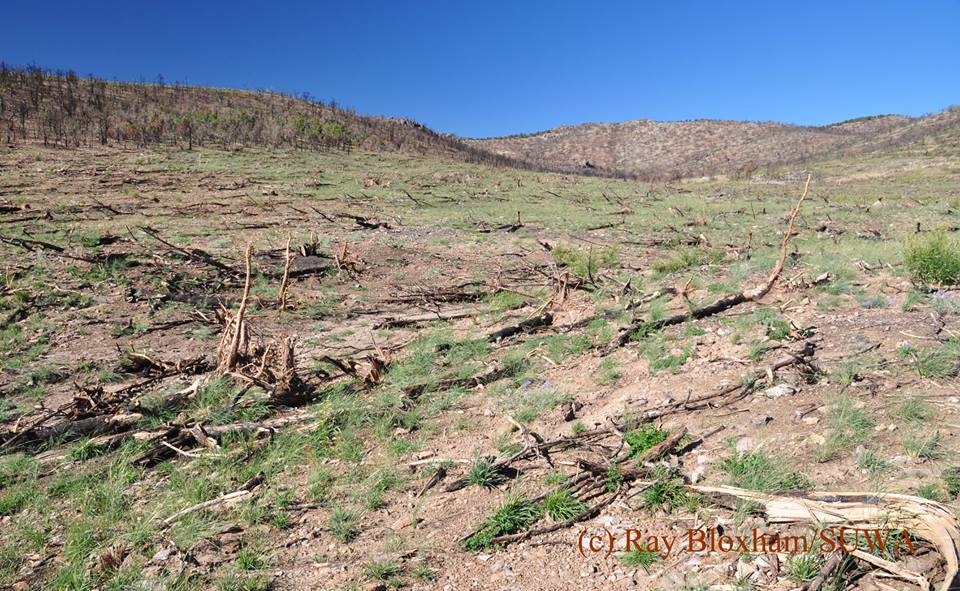

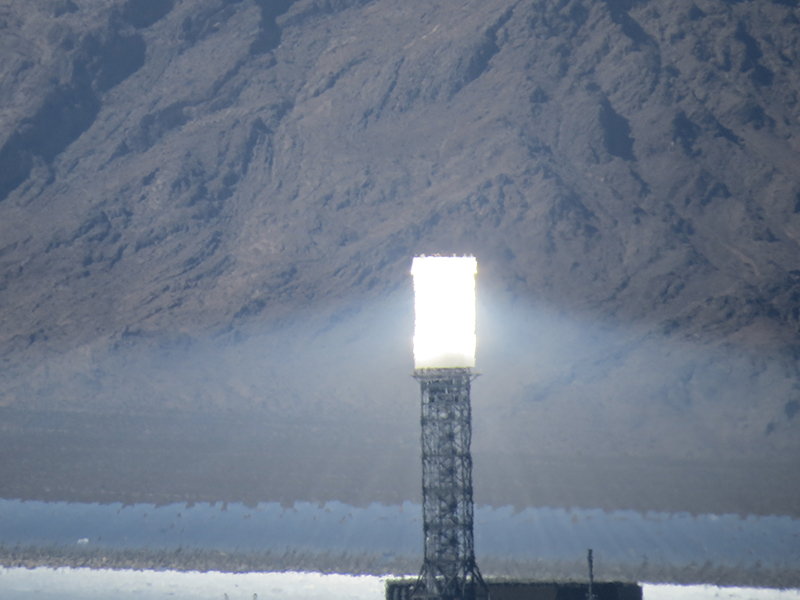



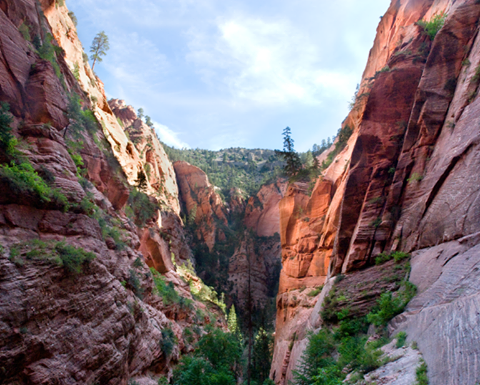
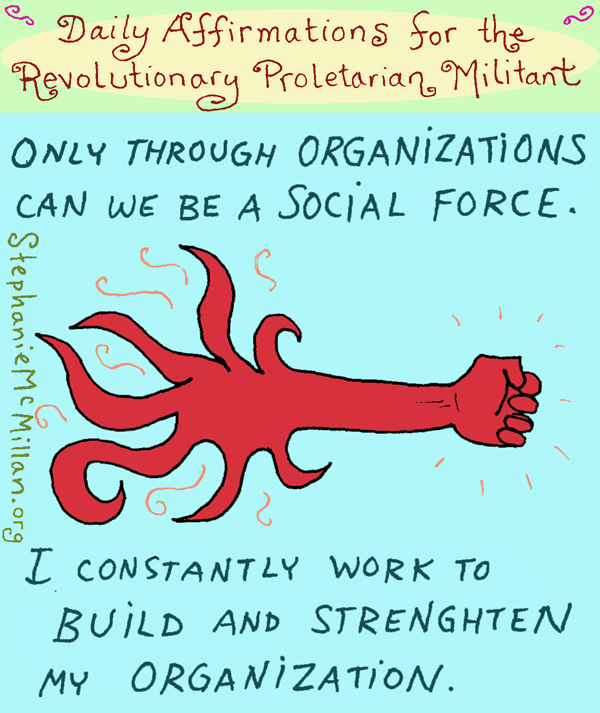
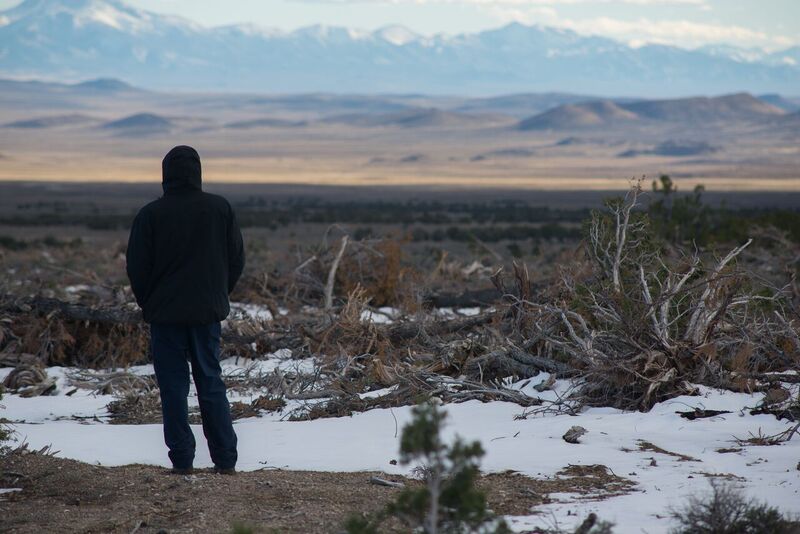
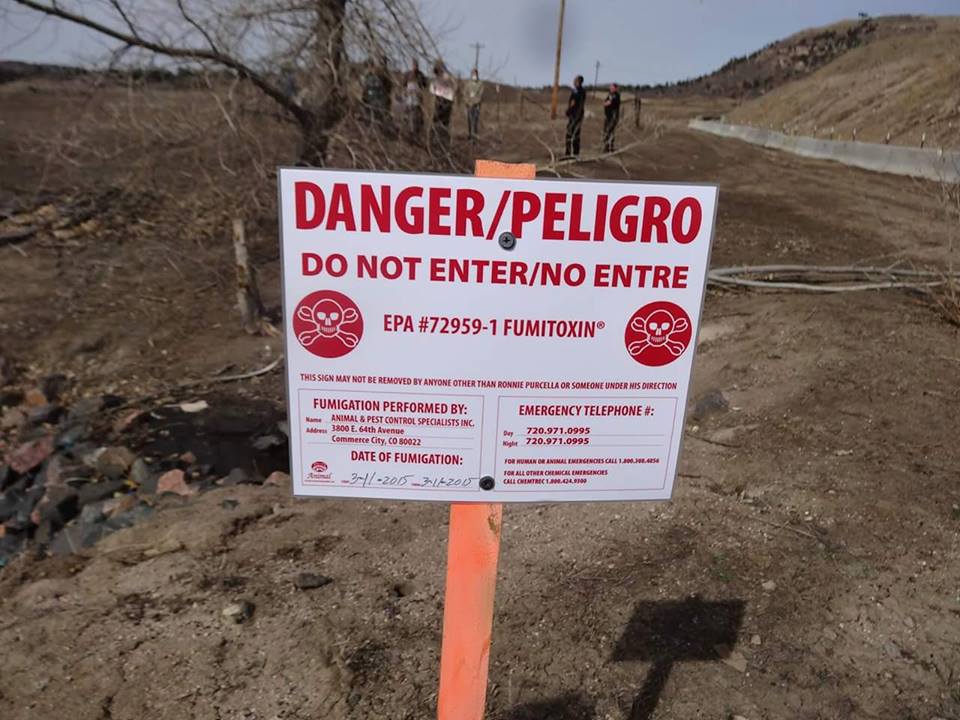
![pija_5910c[3]](/wp-content/uploads/sites/10/2015/12/pija_5910c3.jpg)